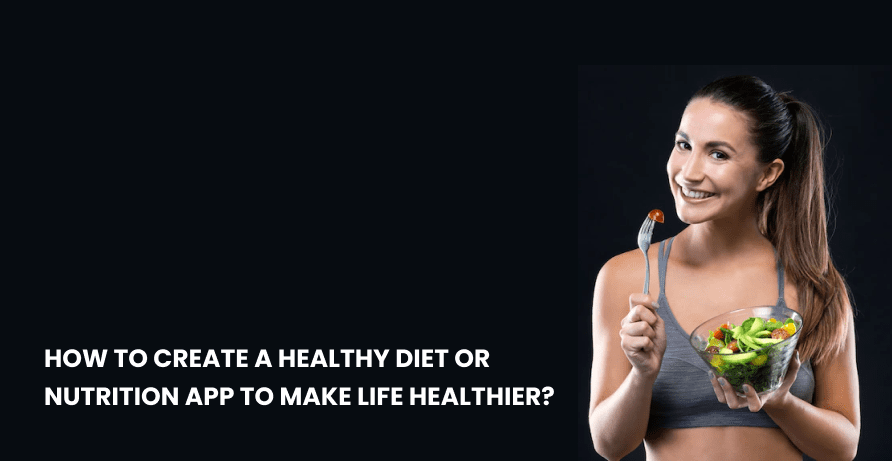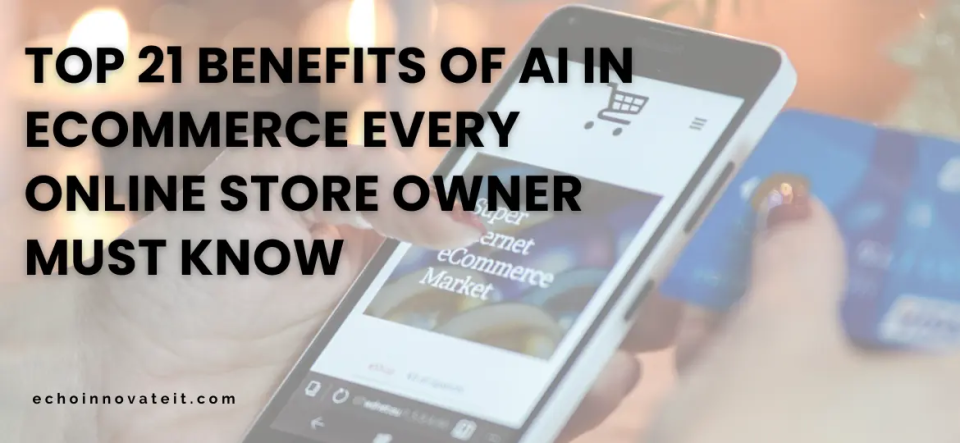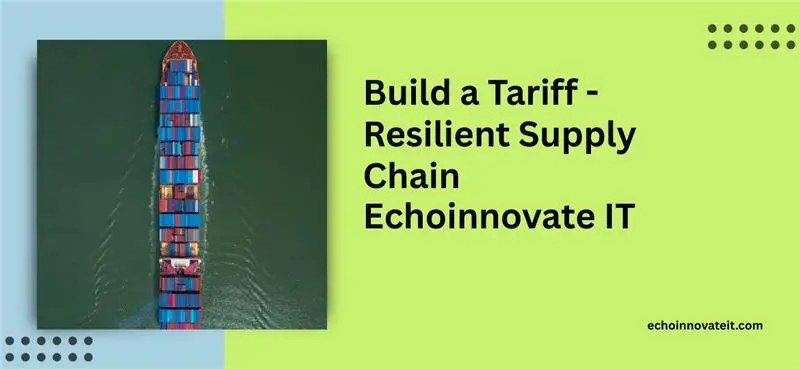How to Build a Powerful Diet & Nutrition Mobile App in 2025
Introduction: Why Diet and Nutrition Apps Matter in the U.S.
In 2025, the demand for diet and nutrition apps in the United States is stronger than ever. Health-conscious consumers increasingly rely on Android apps and iOS apps that offer calorie tracking, personalized meal planning, macro and micronutrient monitoring, and real-time progress reports. Fueled by trends in AI, 5G connectivity, and wearable integration, these mobile nutrition platforms are essential tools for both individual users and B2B wellness providers aiming to deliver digital health value.
Why U.S. Businesses Should Invest in a Nutrition App Now
A branded nutrition app gives businesses direct access to users’ daily health routines, increasing engagement, loyalty, and monetization opportunities. Whether you serve consumer markets or enterprise wellness programs, offering meal recommendations, body composition tracking, and expert-backed features builds trust—especially when privacy, expert content, and data transparency are prioritized. Such compliance builds brand credibility and aligns with Google’s E‑E‑A‑T standards (Experience, Expertise, Authoritativeness, Trustworthiness) for better search positioning.
Market Insight & Trend Forecast for 2025
Market research indicates that usage of healthy diet apps is projected to grow significantly, with adoption rates expected to approach double digits by 2025. Consumer trends show rising interest in calorie counters, macro tracking apps, AI meal suggestions, and community-based accountability features. Integration with wearables and smart kitchen tools enhances daily user interaction, while AI-powered recommendations streamline meal planning based on behavioral patterns.
Step-by-Step Strategy to Develop a Nutrition App
1. Define Purpose, Audience & Success Metrics
Clarify the app’s core goal—weight management, balanced macro tracking, medical nutrition therapy, or habit-building. Identify user personas (e.g., busy professionals, fitness enthusiasts, people managing chronic conditions), and set KPIs such as daily active users, retention rate, premium subscription conversion, and average session duration.
2. Competitive Audit & Feature Benchmarking
Analyze successful U.S. nutrition apps—calorie trackers, personalized diet planners, macro analyzers—and note feature strengths such as barcode scanning, AI insights, habit nudges, shopping list automation, and expert content. Use this insight to differentiate your app with better personalization, ease of logging, and real-time coaching.
3. Core Features Essential for 2025 Nutrition Apps
Food diary with barcode scanning and smart database lookup
AI-based meal plan personalization, adaptive to diet preferences and goals
Real-time tracking of calories, macros, BMI, body fat, and hydration
Wearable integration (Apple Health, Google Fit, Fitbit) for activity synchronization
Nutrition tips, educational articles, and expert-reviewed content
Habit reminders, push notifications, and behavioral nudges
Grocery planning and shopping list automation
Community and social sharing features for motivation
In-app purchases for premium meal bundles or expert consultations
Technology Stack: Native vs Cross‑Platform
For maximum performance and full device integration on Android apps and iOS apps, native development (Kotlin for Android, Swift for iOS) is ideal. To accelerate launch and reduce development costs, cross-platform frameworks like Flutter or React Native provide a unified codebase for both platforms. Choose based on your roadmap, scalability needs, and resource availability.
UX & Design Trends for Mobile-First Nutrition Apps
Design with mobile usability in mind: one-hand navigation, clean visuals, adaptive layouts (foldable and tablet support), and thumb-reachable interactions. Include skeleton loaders for speedy perception, light and dark mode support, voice input for meal logging, and animated progress visualizations to engage users.
AI, Wearables & Smart Food Recognition
In 2025, nutrition apps increasingly leverage AI and machine learning for food recognition, calorie estimation, macro tracking, and diet recommendations. Systems like NutrifyAI demonstrate near‑real-time food detection and nutrient analysis using image recognition, improving meal logging speed and accuracy. Wearable integration captures activity, sleep, and health metrics for personalized user insights.
Privacy, Security & E‑E‑A‑T Best Practices
Given the sensitive nature of dietary and health data, implement secure authentication (e.g., biometric login), encryption of stored data, and transparent privacy disclosures. Partner with certified nutritionists or licensed dietitians to review content. Combine AI-driven insights with expert oversight to meet E‑E‑A‑T standards and foster user trust.
Launch Strategy & App Store Optimization (ASO)
Optimize your app store presence with titles and descriptions using high-volume U.S.-focused keywords such as “2025 nutrition tracker,” “Android calorie counter app,” “iOS diet coach,” and “healthy meal planner.” Design persuasive app icons, screenshots, and feature descriptions. Build momentum through pre-launch sign-ups, influencer outreach, early beta access, and voice-search readiness (e.g., “Hey Siri, open my nutrition coach”).
Monetization Models to Maximize Revenue
Choose a monetization strategy that aligns with user expectations and app value:
Freemium with premium tiers for advanced meal planning, expert coaching, or analytics
Subscription models (monthly or annual) offering full-featured access
In-app purchases for meal pack bundles or dietitian consults
Affiliate partnerships or contextual ads promoting relevant wellness products
B2B licensing for corporate wellness programs
Post-Launch Maintenance & Expansion
Adopt agile feedback loops, monitor analytics, and regularly update features to maintain relevance. Expand the app with multilingual support, AR tools for food visualization, smart pantry tracking, voice-based coaching, and integration with grocery APIs. Continual innovation ensures longevity in the competitive nutrition app sector.
With the rise of technology, our generation has become less active. Due to the cost of app development technology, people don’t have to do as much physical work, which is at the heart of many problems, including heart disease. Recent research suggests that people may be more likely to use diet and nutrition apps that have a clear goal, can be customized, and have a large database of foods. As of now, living a healthy lifestyle is fairly popular. People are quite conscientious of their eating habits, and they monitor their food using a remarkable nutrition tracking app developed by mobile app developers specializing in healthy eating solutions. These apps often integrate with wearable devices to track physical activity in real-time, providing a seamless user experience across iOS and Android.
Meal planning is another essential feature in such apps, helping users build a diet that suits their personal needs. Many apps also offer shopping list functionality to make grocery shopping easier. App features like real-time tracking, app purchases, and engagement-focused elements improve user engagement. Tech stack choices play a vital role in ensuring smooth app performance.
Make a diet and nutrition app like Lifesum that lets users count calories, make personalized diet plans, manage daily healthy eating habits, get meal recommendations, track macros, monitor weight loss progress, analyze body fat, waist size, and BMI, and receive advice on how to improve over time. Integration with wearable devices and smart tools enhances the overall experience, making it easier for users to stay on top of their health goals.
Market Analysis
People are starting to use healthcare mobile app development solutions, especially in the fitness app development space, because they are so easy to use and convenient. Statista says that the revenue from the nutrition apps area will be around $631.83 million in 2021. Also, this market segment has a promising CAGR of about 6.10 percent from 2021 to 2025.
Aside from this, the number of users of diet and nutrition apps will reach about 9.94 percent by 2025. Based on these numbers, we can say that medical app development and fitness application development have a bright future. For this, now is the best time to invest in healthcare app development services and collaborate with a reliable fitness app development company to create a top-tier healthy eating and diet app.
What Are Nutrition Apps? How Do They Work?
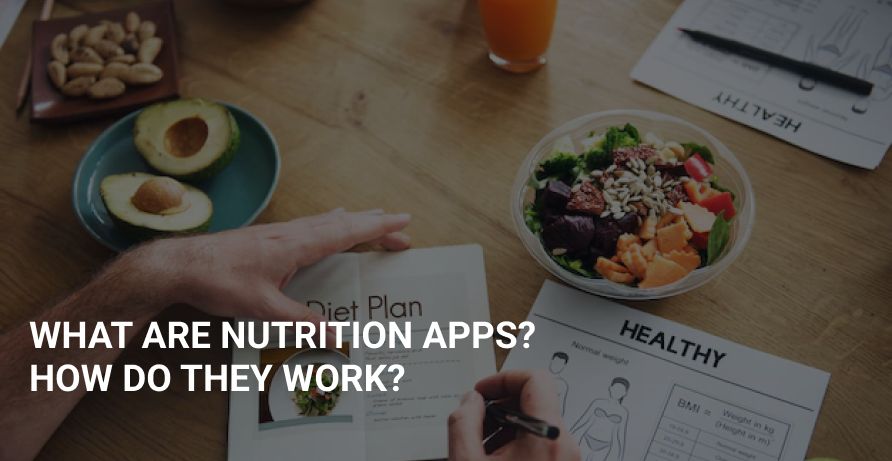
Increasing numbers of individuals are attempting to adopt healthy eating habits and tracking their progress using diet and nutrition apps. Due to the greater demand, companies want to enter the market by investing in healthy eating diet apps development with advanced app features and seamless user experience.
A user sets a goal, consisting of their present weight and desired weight, in the app to scan food for calories or use nutrition tracking apps. The user then enters information on their physical activity and diet. The basic diet and nutrition app then counts the intake and burned calories in real time. Users can also build a diet plan tailored to their needs with features like meal planning, a shopping list, and integration with wearable devices for better tracking.
Developing a high-quality nutrition app requires the right tech stack and experienced mobile app developers to ensure compatibility with iOS and Android platforms. Monetization strategies, including app purchases, can enhance user engagement while providing premium features. A well-designed app can help users work toward their weight loss goals and even reduce risks associated with heart disease through better nutritional choices.
This version keeps the flow natural while incorporating all your keywords effectively. Let me k
How To Develop Diet & Nutrition Apps?
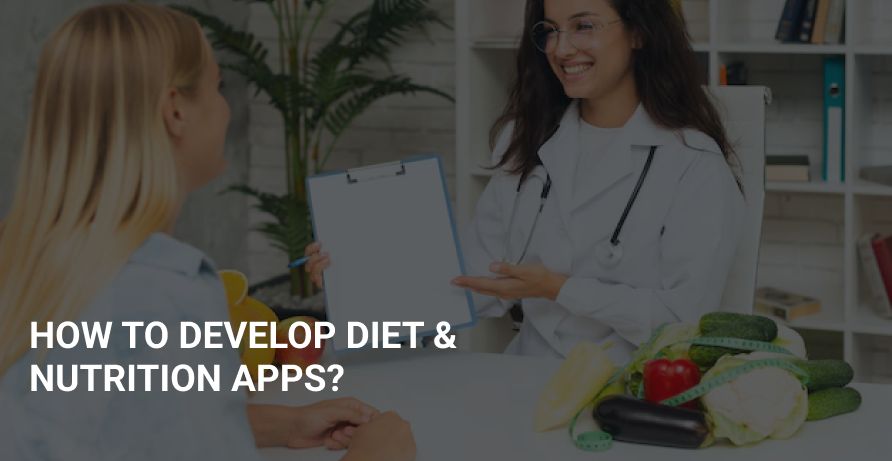
Market Analysis: You present your concept to the software development team at this point. At Echo Innovate IT, we assist our customers in determining the viability of their app concept by studying the market, the competition, and the intended audience. Then, we outline the product’s primary goals and core value. Then, we compose a product definition paper that describes how your application will operate.
Key Features
Registration and profile creation
Typically, registering is the first step users do in an app. At this point, users must provide their name, age, gender, weight, height, degree of physical activity, allergies, and dietary preferences.
Notifications
Push notifications are a useful strategy for enhancing user retention and engagement. To encourage users to continue working towards their objectives, you should provide updates on their progress toward the current goal and remind them to record their food intake.
Nutrition data intake
This choice represents the core of your solution. If users cannot rapidly input a meal, they will likely abandon the application. Planning and creating the input screen for a calorie calculator is crucial to the overall success of the project.
Recipe manual
Users will value the ability to locate healthy recipes in your app. Your recipes may incorporate images, videos, and even voice instructions. Allow users to rank and sort recipes by keywords, ingredients, categories, and calories.
Calorie counter
This functionality allows your app to compute the calories consumed and burnt by users depending on the data they have entered.
Incorporation of wearables
There are several trackers and wearables that can be integrated. You may link your app with Apple Watch, Android Wear, Jawbone, Fitbit, and Samsung Gear, for instance, to synchronize data on physical activity and health measurement.
Security
Mobile gadgets have become command centers. We keep contact data, private/business correspondence, images, videos, and login passwords. Once we develop healthy eating and diet app, we can track our routines, circumstances, and body measurements. With a smartphone, we may contact pals about our healthy objectives, consult a nutritionist, pay bills, buy online, and take an online course. Hackers are assaulting smartphone users and applications. Lack of sufficient security may cause harm from attacks and user distrust.
Business model for Lifesum
A good monetization program may expedite and simplify the process of investment return. You may choose the monetization strategy that best matches your application, but you will profit even more by using many methods.
In-app marketing
Once you develop healthy eating and diet app, effective advertising is the key to increasing conversions and monthly earnings. If you select in-app advertising, you may make consumers happy by displaying advertisements that are relevant to their requirements.
Freemium
Making basic functionality and features free while charging for premium features might attract a larger audience to your app. If you make a healthy diet app like Lifesum that meets users’ objectives and requirements, free users are likely to become paying subscribers. Freemium might be a solo monetization method or one of several.
App purchases
This monetization technique involves a one-time fee. When your app becomes commercial, give a trial period so customers may see whether it meets health goals. Depending on your aim, trial periods might be 5 days, 2 weeks, or 1 month. If you want to create a business app, it must be high-quality.
In-app purchases
High demand across gender, age, origin, and hobbies makes health-related apps simple to commercialize. Some features, such a fitness tracker or grocery list organizer, may be paid-for. In-app purchases may be boosted by an app’s shop or marketplace. If one step of a payment procedure is tough, a user won’t complete it.
Subscription
Subscriptions and memberships are effective strategies to commercialize diet and nutrition apps. Customizing membership packs and offering discounts will encourage customers to extend subscriptions and buy more costly packs. Offer weekly, monthly, or annual subscriptions to earn consumers’ confidence and prevent app cancellations.
Sponsorship
This business model matches health and nutrition. You may promote non-competitors by including their logos in your app. Gyms, firms that provide clothing, food, and supplements are great for nutrition-related apps. Mutually beneficial promotions are possible.
Types Of Nutrition And Diet Apps
There are a variety of diet applications accessible on the AppStore and Google Play. These applications have little differences in their core functioning. Additionally, they appeal to distinct target populations. We have compiled a list of the most popular diet and nutrition smartphone applications.
Calorie calculating apps
The primary purpose of calorie calculator applications, as the name indicates, is to count calories. In this application, the user inputs his or her target weight. Later, they provide more details, such as their hobbies and the foods they eat. The application calculates the amount of calories ingested and burned, then provides nutritional suggestions based on a comprehensive food database.
Apps for meal preparation
Meal planning apps vary from its predecessors in that they track their users’ caloric intake even before they eat. This program requires users to provide information such as their ideal weight, diet, and food preferences. The program then generates a diet chart for a day, week, or month based on the information entered.
Niche diet tracking apps
A mobile solution for diet monitoring may be useful for those with particular food preferences or likes. With advancements in healthcare mobile app development and medical app development, users can now access personalized features tailored to their dietary needs. Therefore, if a user is a vegetarian, has diabetes, or is pregnant, they may classify foods depending on their own circumstances.
Innovations in fitness application development and fitness app development allow seamless tracking of nutrition alongside physical activity. Businesses investing in healthcare app development services can create smarter, more efficient solutions. Partnering with a reliable fitness app development company ensures high-quality features that cater to diverse health and wellness needs.
Fitness-focused apps
Some nutrition applications heavily emphasize physical activity and exercise monitoring. In part because proper nutrition requires monitoring not just intake but also burned calories. A portion of this is due to the fact that it’s really easy to have exercise training and dietary advice in one package.
Wager apps
By far the greatest motivator for weight reduction is financial gain. The solution to this problem is betting applications. In this application, the user wagers a specific amount of money that he will reach a given weight target within a certain time frame. If they drop this amount of weight, they get their money back; otherwise, they lose it.
Cost To Develop An App Like Lifesum
Due to the strong demand for the diet and nutrition monitoring software, you require a team of qualified individuals to do the work on your behalf. Although calculating the exact cost of a diet and nutrition app is almost impossible, we can identify the aspects that influence the pricing of these applications. Consider the cost estimation factors:
Features
If the app owners want to retain more complex capabilities, it will be more expensive than an MVP, which is restricted in terms of functionality.
Timeline
The time required to design the application has a significant impact on the budget.
Complexity of the App
The more the app’s complexity, the more it will cost to build. For example, integrations with other parties.
An MDP (minimum delightful product) edition of a nutrition application will likely cost around $46,000, while a fully-featured software would total $80,000.
Conclusion
Make a healthy diet app like Lifesum that will stay popular for many years as the bulk of the public grows more concerned with their health. Numerous people live in polluted environments and consume items containing various pesticides, chemicals, genetically modified foods, etc., while urgently attempting to protect their health, which creates favorable business circumstances.
To do all of this, you would need the assistance of a mobile application development company capable of delivering it at a low cost. Echoinnovate IT is a team of skilled specialists that will fulfill all of your needs with their superior abilities and cutting-edge technology.
FAQs
What are the stages of health eating diet app development?
Regardless of the platform you pick — iOS or Android — your app will go through the same development phases: discovery, requirements and prototyping, design and coding, testing and deployment.
How long does it take to develop diet and healthy eating app?
Between four to six months. A minimum viable product may be developed within a 30-month time span.
Can I transform my health app into a fitness app by adding certain features?
It depends on how effectively features for workouts are integrated with the nutritional aspects of the app.
What is a diet and nutrition app?
A mobile app—on Android or iOS—that helps users track eating habits, calorie intake, macros, meal plans, and weight goals.
How do nutrition apps work?
Users log meals manually or via barcode/image recognition; algorithms track intake vs. goals; insights and meal suggestions follow.
What platforms should I develop the app for?
To maximize reach in the U.S., target both Android and iOS platforms, using native or cross-platform frameworks.
What features are crucial in a 2025 nutrition app?
Key features include AI meal planning, barcode scanning, nutrition analytics, wearable sync, reminders, and expert content.
How do nutrition apps generate revenue?
Freemium access, subscriptions, in-app purchases, corporate licensing, affiliate marketing, and ad partnerships are common monetization models.
Do I need AI or food recognition in a diet app?
Yes—AI and image recognition streamline meal logging, personalize plans, and significantly improve user engagement.
How do I ensure user data privacy and compliance?
Use secure authentication, encryption, transparent privacy policies, and expert-reviewed content to build trust and meet E‑E‑A‑T standards.
What keywords should I use for ASO?
Use search terms like “calorie tracker,” “iOS nutrition app,” “Android diet coach,” “macro tracker,” and “healthy meal planner.”
Should I choose native or cross-platform development?
Native development offers deeper integration; cross-platform frameworks offer speed and cost-efficiency.
Native development offers deeper integration; cross-platform frameworks offer speed and cost-efficiency.
The timeline typically ranges from 4 to 9 months, depending on design, features, and testing cycles.
What modern design trends should I include?
Thumb-friendly layout, light/dark mode, skeleton loaders, motion animations, and voice support are best practices for 2025 fitness wellness UX.
